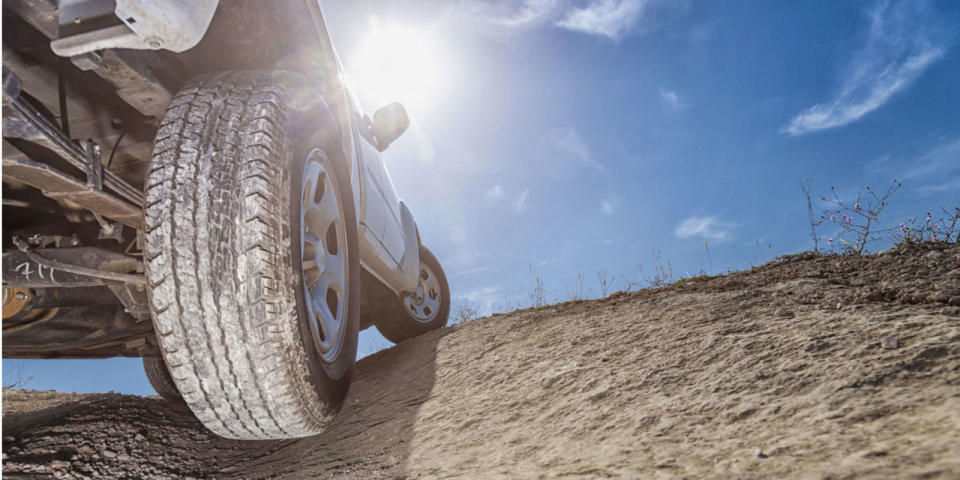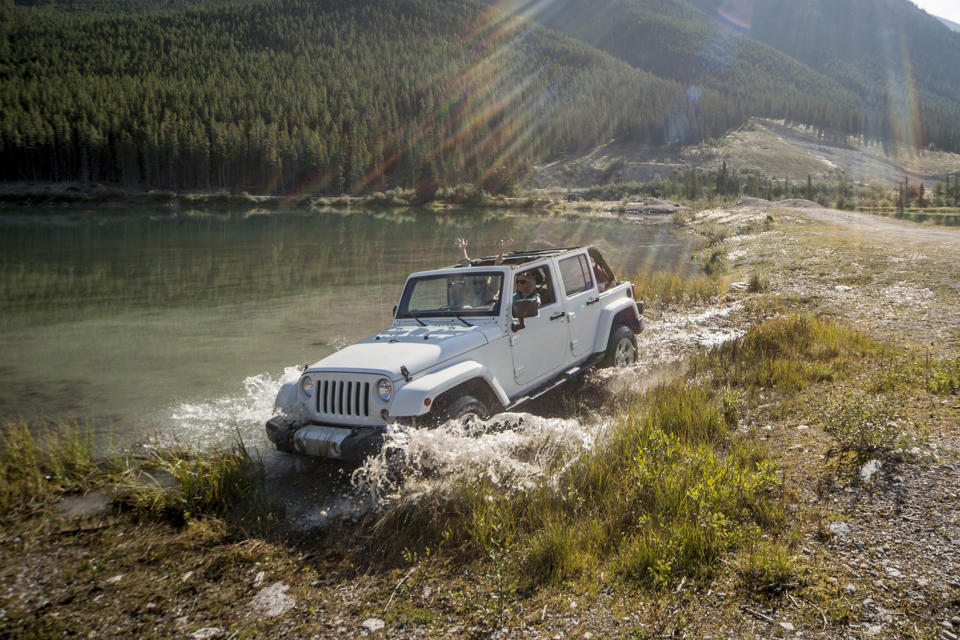Traveling the Road Less Traveled

When President Roosevelt earmarked nearly $4.8 billion to build a coast-to-coast superhighway system in 1938 (calculating for inflation, that'd be an outlay of nearly $84.4 trillion today), it was to streamline the route from east to west. The impulse to create these transportation arteries came at a time when we were thinking about progress, about how we could speed everything up. Now, as many of us are up to ears in technology and asking the opposite question - how on earth can we slow down?
Observing the speed limit, taking route I-40 will have you on the opposite coast in approximately three days, but if how you get there is more important than when, then the 5,000 mile Trans American Trail offers a more circuitous and adventurous route through the nation. The "TAT," as it's known, isn't just one road, but a network of dirt, gravel, jeep, forest, and farm roads that offer a variety of terrains (rock, mud, sand and snow), that wind from southwestern North Carolina all the way to the Pacific coast in Oregon.

In fact, the TAT isn't an official route, but rather an east-to-west route designed by motorcyclist Sam Correro that figures in stops for gas, food and lodging. His route (maps, roll charts and GPS files are available for purchase on his website) removes much of the logistical guess work, but leaves plenty of room to explore.
The TAT was originally designed for dual sport motorcycles, and since has indeed been popular with the motorcycle community since its creation. But in recent years, four wheel off-roaders have also made the journey, having to bypass a few of the more "technical" sections that can only be navigated on two wheels. By most accounts, traveling the TAT will take close to a month, and that's putting in full days, sun up to sundown, covering over 250 miles per day.
The TAT isn't the only off-road route across the country, but it's probably the most well-known and documented. Corerro's efforts have sprung a community that share tips and anecdotes online. While that doesn't necessary translate to a crowded route or diminished sense of adventure, it does offer the advantage of a support system and knowledge base of fellow travelers. Using this ready-made route, much of the legwork has been done for you, and following Correro route makes sure that you won't be trespassing or putting yourself into danger.
The spirit of off-roading is finding your own way
That said, it's important to remember the spirit of off-roading is finding your own way. There's nothing keeping you from doing exactly what Corerro did; plot, plan and explore - it just takes time and a ton of research. By all accounts, beyond the four lane superhighways, there are still plenty of dirt roads, abandoned railroad grades and dried up river beds to link together to get from one ocean to the other-more enough to put together your own puzzle. Not all of it's going to be epic rock climbs or mud ruttin', but in venturing off, your sure to discover not only a new route but also something about yourself.
You Might Also Like

 Yahoo Autos
Yahoo Autos 